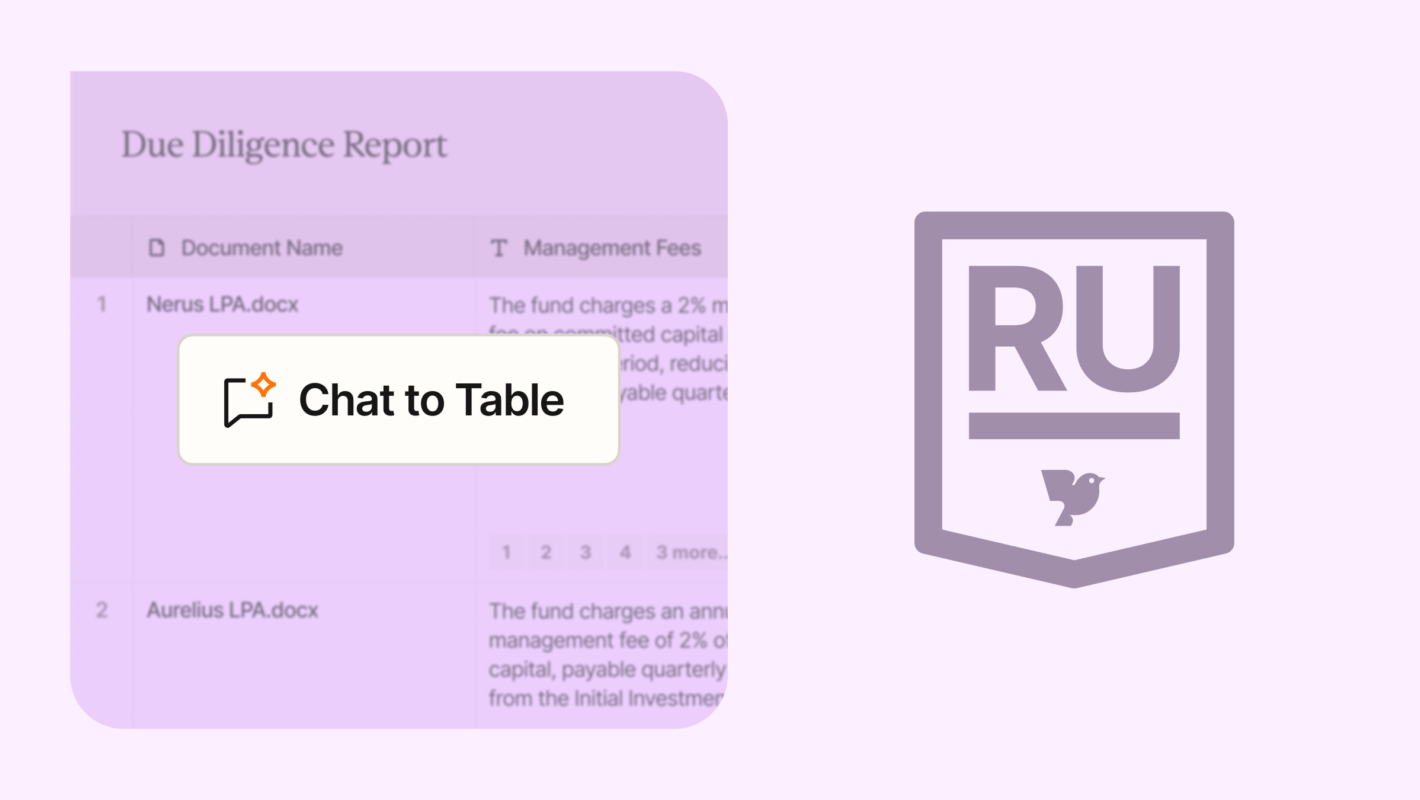Trump’s tariff turmoil sparks legal challenges for businesses
April 9, 2025

President Donald Trump’s sweeping new tariffs, which started April 5, have sent shockwaves through global trade, leaving businesses scrambling to navigate higher costs and legal uncertainties. The administration’s 10-25% tariffs on all imports from allied nations (rising to 54% for other countries) threaten to disrupt supply chains and inflate consumer prices. Companies reliant on imported goods, particularly in sectors like automotive and electronics, face immediate challenges in managing operational costs and pricing strategies.
The all-encompassing nature of Trump’s tariffs obliterated the supply diversification tactics of even the world’s largest companies — such as Apple — forcing businesses to seek efficiencies and certainty through new avenues. The tariffs also create legal complications for businesses. Tariff-related contract provisions can vary by country, supplier, and product type.
As firms face the possibility of a ping-pong match of retaliatory tariffs, AI can help ensure compliance with changing laws and help legal and procurement teams prioritize at-risk contracts.
Key areas to contract review
Companies must first assess which contracts are affected by tariffs (e.g., import/export agreements, supply contracts), and who by default bears the cost of increased tariffs.
That means identifying:
- Price escalation clauses: To determine whether contracts allow suppliers to adjust prices through force majeure or other clauses.
- Origin of goods clauses: Which help identify exposure to tariffs.
- Minimum purchase obligations: Can commitments be renegotiated in light of rising costs?
- Termination clauses: Understand your exit options, and any associated penalties.
These considerations apply to transfer pricing within a multinational, as well as between companies.
Moving forward, flexible contract models and proactive contract management are essential tools for coping with today’s uncertain trade environment.
What are smart legal teams doing now?
Leading legal departments aren’t waiting for litigation or trade resolutions — they’re acting now:
- Setting up cross-functional risk task forces with legal, finance, procurement, and operations to map out high-risk relationships. Standard clauses like force majeure may not cover tariffs or political decisions, while termination rights may offer relief, but come with steep penalties. Cross-functional task forces should map out where the business may be at risk in the case of rising production costs due to tariffs.
- Deploying AI tools to analyze large volumes of contracts for tariff-sensitive language in hours, not weeks. AI can identify whether contracts contain compliance-related warranties, highlight inconsistencies across suppliers, and identify which agreements include (or lack) robust change in law clauses, among many other technicalities which will be affected by tariffs or new trade agreements.
- Updating playbooks and clause libraries to standardize how new agreements handle trade disruptions. For example, by introducing fallback pricing mechanisms or renegotiation triggers tied to tariff thresholds, and ensuring those clauses are consistently applied across thousands of contracts using Legal AI.
What’s next?
While tariffs are making headlines, the trade war is just beginning — and legal teams should expect further volatility. To stay ahead, the key trends to watch:
- Retaliatory measures: Countries affected by the U.S. tariffs are expected to respond in kind, creating legal chaos across jurisdictions.
- Legislative scrutiny: Ongoing lawsuits challenging Trump’s use of IEEPA could set major precedents for executive trade power.
- Contract reform: Expect companies to bake tariff-specific language into contracts — and increase the use of dynamic, risk-sharing pricing models.
- AI-driven triage: With change happening faster than humans can process, legal teams will lean heavily on AI to stay compliant and keep contracts up to date.
Read our guide on what GPs should be thinking about to stay ahead of any tariff consequences today.

